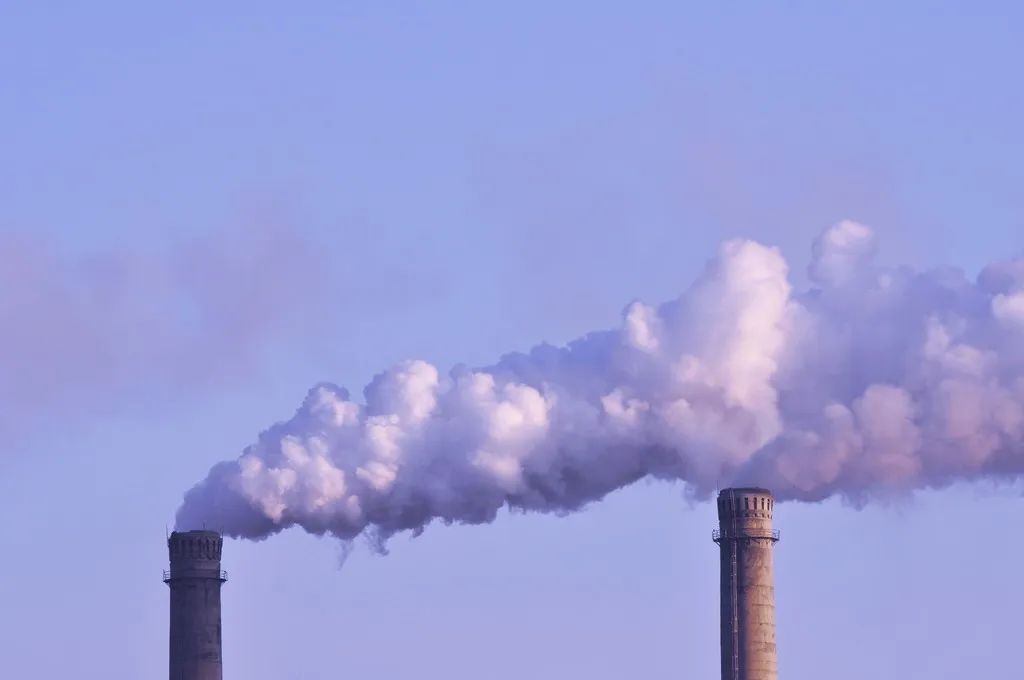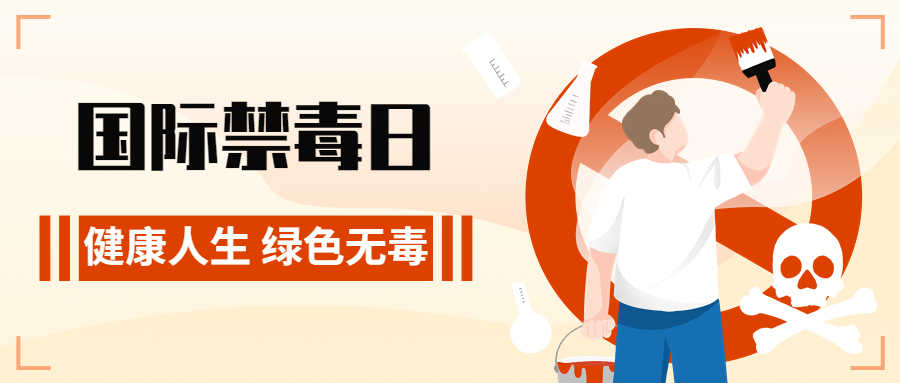To achieve the "double carbon" goal, what can satellites help?
Author:Galaxy Aerospace Roaming Guide Time:2022.07.26

Editor
In recent years, "carbon -to -peak" and "carbon neutrality" have become important issues related to the development of the country. my country will strive to reach the peak of carbon dioxide emissions by 2030 and strive to achieve carbon neutrality by 2060. "Eat emission reduction and remittance" is the core of achieving the "dual carbon" goal, and it is essential to strengthen the carbon emissions and carbon exchange accounting of carbon monitoring data based on carbon monitoring data. At present, my country is promoting the development of multi -scale and multi -dimensional satellite systems to coordinate the overall goal of monitoring the "dual carbon" monitoring. In response to this topic, the "Future Territory" column of the Satellite Internet Society specially invited Yang Dongxu, an associate researcher at the Institute of Atmospheric Physics of the Chinese Academy of Sciences to start in -depth discussions.
Duan Yulong (host): It is understood that there is a carbon satellite on the top of our head now. Can you introduce it?
Yang Dongxu: At present, the carbon satellite is mainly based on the monitoring of global carbon source carbon exchange. In December 2016, my country's first carbon dioxide science experiment monitoring satellite was successfully launched, providing observation data for scientists around the world.
In addition, my country also has other satellites that can be used for carbon monitoring, such as Fengyun series, high -scoring series, and atmospheric series satellites. It is equipped with a variety of greenhouse gas loads and can be detected in global large temperature room gas including carbon dioxide and methane. The advantages of different loads are different. For example, some equipment can achieve higher space resolution, and some equipment can achieve higher signal -to -noise ratio. The improvement of key core parameters of loads can effectively perform higher accuracy of carbon dioxide detection.

In fact, research on carbon satellites internationally is still in its infancy. What is its ultimate function? Can it get high -precision global carbon source detection? There are still many unknown factors. Therefore, after the launch of the satellite launch, we have done a lot of research to determine whether it can be used for high -precision carbon dioxide detection. For this kind of detecting work, it is actually equivalent to scientific experiments. It can be more suitable for carbon dioxide detection by finding a suitable method or a technical system for loading.
Duan Yulong (host): The ingredients in the air include carbon dioxide, methane, and nitrogen. If a satellite is launched in space, how can I know the carbon dioxide content in the atmosphere?
Yang Dongxu: This is the advantage of satellites. We use the means of remote sensing to obtain the content of carbon dioxide. The carbon monitoring satellite is the light (radiation) reflected by the sun. It passes through the atmosphere. The carbon dioxide molecule has a strong absorption ability. The absorption capacity is different (characteristic spectrum) in different bands. Is there any carbon dioxide? At the same time, by absorbing the shape and depth of the spectrum, we can know the carbon dioxide content in the atmosphere. For example, for the absorption of molecules in the atmosphere, just like everyone eats, the more people eat, the more people eat; The more energy, the stronger the intensity of the absorption line, and the more obvious the characteristic spectrum structure. We can know the content of carbon dioxide in the atmosphere by measuring how much energy to absorb carbon dioxide. This is the principle of satellite detection.
Duan Yulong (host): Today, many countries in the world have reached a strategic consensus. Carbon displacement of various countries must restrict each other. If countries A excessively discharge, they must buy quotas from countries B. We call it carbon tax Essence Then, how a country calculates its own carbon discharge, and the natural conditions of the country, such as how much carbon can be absorbed or solidified by trees, actually requires data calculations. What is our existing calculation method? What help does satellite help to calculate carbon exchange or carbon exchange transactions?
Yang Dongxu: We started to calculate carbon earlier a long time ago. In academic, we call it "from the bottom up" based on processes or individuals, and the total amount is obtained through accumulation. For example, if I want to measure the carbon exchange of a certain forest, we have to measure the various parameters of the tree. Through the calculation of changes in the amount of biomass on the surface, we can get specific carbon exchange volume, which is based on the process. Sometimes we adopt the method of real measurement. For example, how much carbon is discharged by a factory, we can use the emissions factor to calculate how much coal or oil it has burned. This is based on the combustion process or energy use process.

In addition, we can use the model to calculate. For example, a model of the overall carbon cycle process of the ecosystem, we can calculate the carbon emissions through analog method. The list we often refer to (IPCC national greenhouse gas list) is obtained based on the way mentioned earlier.
However, the above are based on individuals. For example, this tree has been measured, and the next tree has not been measured. This individual differences are promoted to the whole, which will inevitably cause some errors. At the same time, we did not pay attention to something, so we forgot to calculate it.

At present, carbon emissions and carbon absorption in each country are checked internationally internationally (greenhouse gas emissions) lists, and this method has been running for many years. The international community has some debate on the problem of deviation transparency in the list of list verification. IPCC's 2019 Guojia Win Room Gas Listing Guide wrote the method of exploration and atmospheric reaction into the national list guide in the revision of the Guojia Win Room Gas Listing Guide. As a test method for existing lists, it will be further promoted in the future.
The method of reaction to the atmosphere is "top -down", which is the process from the overall derivation of the atmosphere to the individual. Therefore, if carbon emissions are generated under the atmosphere, the carbon dioxide concentration in the atmosphere will change. Then, combined with the changes in the atmospheric transmission model and the concentration of the atmospheric carbon dioxide, we can know where this change comes from, this is the basic principle of atmospheric countermeasures. The advantage of satellites in the method of atmospheric countermeasures is that it can observe global carbon dioxide concentration, which is equivalent to scanning global atmosphere. It can get a global distribution and change in the atmospheric carbon dioxide. status.
However, the method of reaction of atmosphere cannot be tracked to each individual, such as the difficulty of being discharged by a factory. However, using the list method can accurately depict the specific emission process of an individual. The advantage of atmospheric detection is the overall accounting. For example, we draw a large circle with forests, cities, rivers, and land. If the overall accounting at this level, the atmospheric detection is advantageous.

Duan Yulong (host): Who is the user of these data about carbon emissions from the satellite? How to use it?
Yang Dongxu: Our scientific experimental satellites, including business satellites, are scientific researchers. Carbon elements are constantly exchanged in the marine circle, rock circle, biosphere, and atmospheric circles on the earth. As scientists, we must figure out our carbon cycle mechanism and further improve our models and theories. Estimated, forecast and other businesses.
In addition, from the perspective of industry users, carbon data can also be used for carbon transactions, carbon emissions, carbon tax accounting, or the overall carbon accounting of a certain industry.

Duan Yulong (host): The carbon emissions of the aircraft are very large. Can we effectively monitor the carbon emission data of the civil aviation industry through satellites?
Yang Dongxu: The carbon emission data of the civil aviation industry through the effective monitoring of the civil aviation industry may be a development direction in the future, but it is really difficult.
First, the timeliness of satellites is very high. When the aircraft flew in the air, it was a small individual (from time and space). Assuming that the flight time of a short aircraft was two hours, and only one satellite, before the border, the plane had landed.
In addition, the requirements for satellite space resolution are also relatively high. If we can't see this plane, it is difficult to see its carbon emissions. In addition, the carbon emissions and disturbances of the aircraft are a very, very small amount for the overall atmosphere. Although the carbon emissions of the aircraft are an instantaneous amount, after the overall mixing, it is a relatively small amount. In this case, the satellite should also have a higher accuracy. Therefore, from the three points of the satellite visit time, the spatial resolution of the satellite, and the detection accuracy of the satellite, the carbon emissions data of the civil aviation industry can also face great challenges through the effective monitoring of the civil aviation industry.

Duan Yulong (host): It is not realistic to solve the problem of carbon emissions of civil aviation industry through the observation of satellites. So, what other institutions can use carbon satellite data?
Yang Dongxu: The business that needs to be calculated in large amounts of carbon emissions. For example, how much carbon remittance in my country's forest areas can be calculated with satellites; for example, the total carbon emission of national emissions can also be calculated with satellites. In the future, how much carbon exchange can be in a park in a city in a city. Similar to this level, we hope that we can use satellites to solve.
Duan Yulong (host): Will we have this satellite in our hands. When negotiating with other countries and regions, there will be more right to speak?
Yang Dongxu: At present, the international way of calculating carbon internationally is the listing list of various countries. Although everyone's methods are the same, some parameters and coefficients may produce some deviations. Therefore There are some doubts. A satellite look at the world, and a ruler is global. "One" refers to one in the general sense. We can think that it is a satellite system, such as constellations. This concept is currently hot. If the device is equipped with a communication constellation satellite is the same, it will become a standardized measurement. This standardized measurement is equivalent to a device for observation. Because the standardized equipment is equipped with different satellites, it can be improved at breadth and frequency during access. In this way, we can see it as a device.
Duan Yulong (host): The benefits of satellite observation of carbon emissions can be seen global, and what else?
Yang Dongxu: Satellites can see some places we can't see. For example, if we want to find out the carbon emissions of the Amazon Forest, we need a lot of ground sites, but it is difficult to have many stations that can be maintained for a long time in Amazon Forest. At present, we have developed the ground observation network for decades. For many places, we are still blank. Therefore, in some people where people are inaccessible, satellites can be an effective supplement to the ground network in places without ground sites.
Duan Yulong (host): Will the feedback data of satellites faster than our bottom -up method?

Yang Dongxu: Yes, when the satellites are transit, the remote sensing of the ground. Different satellites have different data receiving and receiving systems. They can be receiving and receiving or receiving and receiving in real time. The received data can reach the user's hands soon.
Duan Yulong (host): At present, there is only one satellite that professional detects carbon emissions in our country. What is the deployment or plan of carbon satellites in other countries?
Yang Dongxu: There is a large satellite in Europe called Envisat. The Sciamach on it has a short -wave infrared carbon dioxide channel. It is the first attempt to detect the concentration of carbon dioxide columns. Therefore, we think it is a "Pathfinder", that is, the nature of the "Path" nature Satellite detection. In 2009, the Japanese GOSAT satellite was launched successfully, and the first internationally greenhouse gas -specific observation satellite was born. In 2014, the United States launched OCO-2 satellites, as another instrument system and Gosat at the same time. In 2016, my country's carbon satellite was launched. Our load system is similar to the US OCO-2 satellite and is a high-spectrum resolution grating spectrometer.
Although the carbon satellite is a dedicated observation satellite, as long as the satellite is equipped with an observation equipment for detecting greenhouse gas, it can be detected by carbon dioxide. my country subsequently launched the windy satellite, high -scoring satellite and atmospheric satellites, which are equipped with the detection load of greenhouse gases. In terms of different observation systems and instrument systems, greenhouse gas observations have been carried out.
Today, in addition to experimental purposes, greenhouse gas satellites are also committed to trying to solve a certain problem, such as carbon dioxide or methane global census. At present, we (the country) is designing the next generation of Chinese carbon satellites -TANSAT2. This satellite will eventually design the overall concept of satellite from the perspective of user needs to provide data for future global carbon monitoring and carbon inventory. support.
Expert Introduction
This article is transferred from the public account of the Hundred People Conference of the Satellite Internet, which does not represent the position of this public account.


- END -
International Anti -Drug Day | Refusal of drugs, stay away from AIDS

June 26, 2022 is the 35th International Anti -Drug Day,The theme is healthy life, ...
It is sold out in 1 second, and the first number of theme digital collections of the National Cultural Park Theme Tibetan Tibetan Tibetan China

In order to actively respond to the national cultural strategy and help the constr...